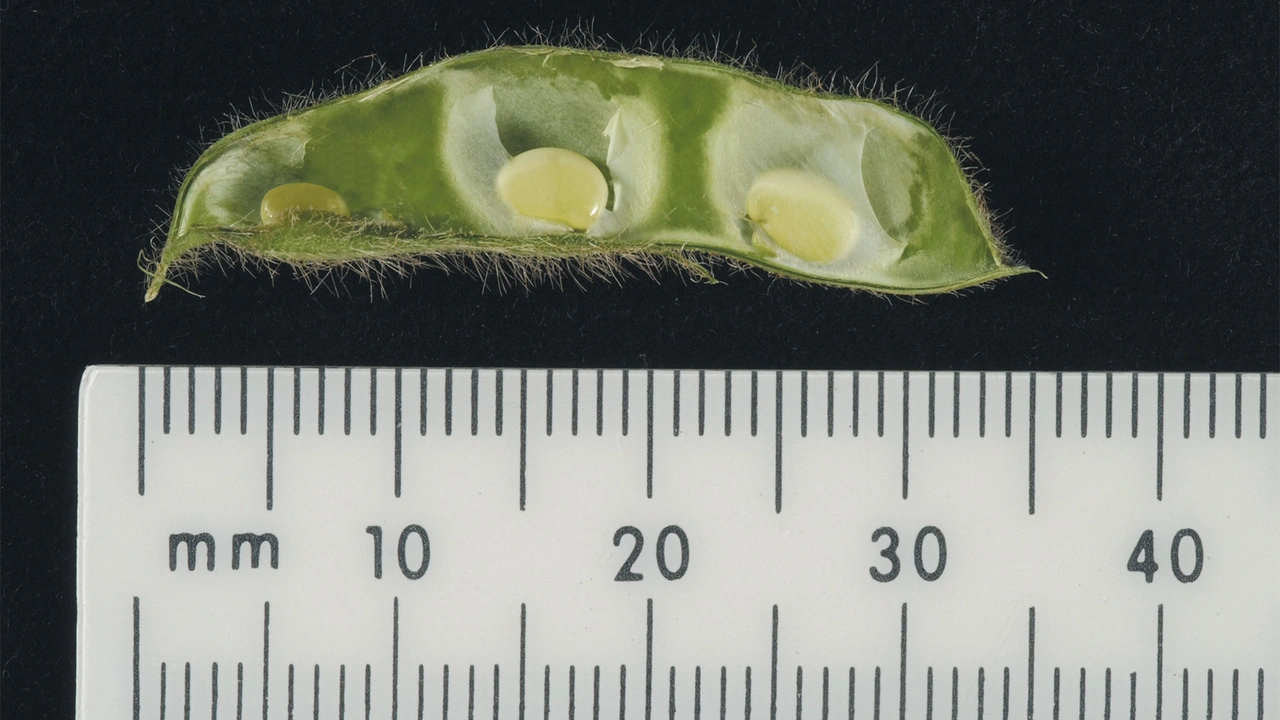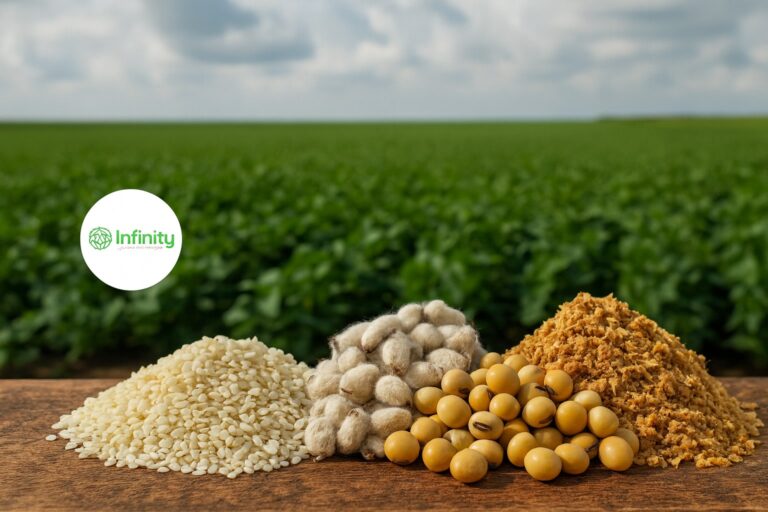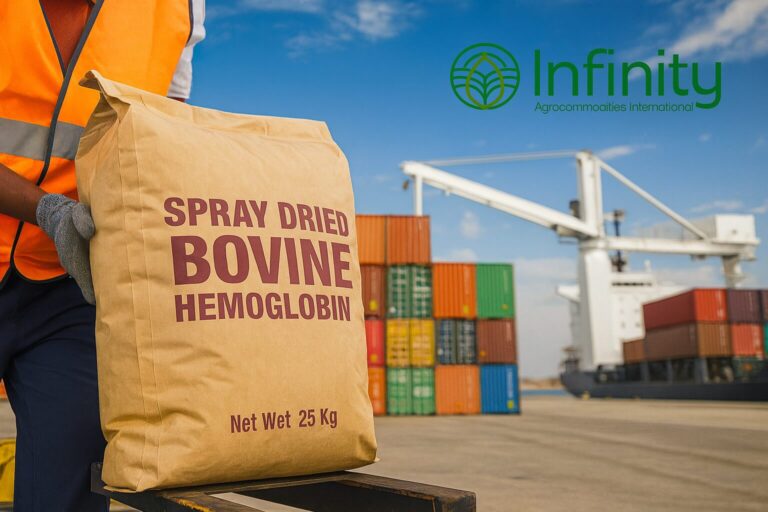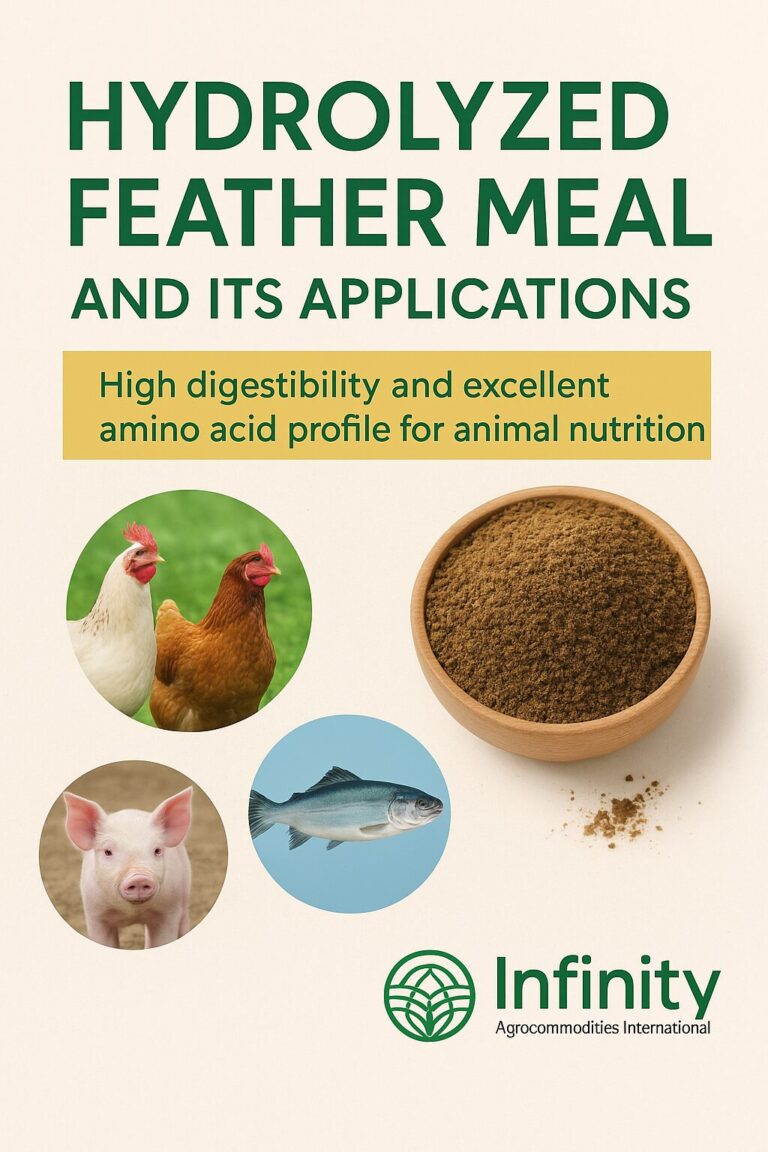Get answers to your questions about soybean development later in the growing season.
Anyone who loves growing soybeans knows they are a crop surrounded by a certain mystique. How do soybean plants compensate for so many different situations? What really happens inside those pods before harvest? Why are August and early September so critical for soybeans?
If you find yourself asking questions like these and dozens more, order a copy of Soybean Growth and Development, PM 1945, from Iowa State University. First published many years ago, this collection of explanations and pictures of inside soybean pods has been updated and offers information that can help you make better management decisions.
Here are answers found in the booklet, explained by Mark Licht, ISU Extension cropping specialist:
Does vegetative growth stop once reproductive stages begin? No. As noted in ISU PM 1945, soybean plants at R5 are technically somewhere between V15 and V23 vegetative stages. At R5, there is a seed one-eighth inch, or 3 millimeters, long in a pod at one of the four uppermost nodes on the main stem. When R5 begins, reproductive activity in the plant ranges from flowers just open to pods with seeds. Plants continue growing and sending out new top growth even while pods on lower nodes begin forming seeds.
What key things happen during R5? The plant attains maximum height, node number and leaf area. Nitrogen fixation rates peak. Then they drop off rapidly. Seeds developing inside pods begin a period of rapid dry weight and nutrient accumulation.
How can seed build dry weight so quickly? Midway between R5 and R6, dry weight and nutrient accumulation in leaves, stems and petioles plateau. Then they relocate from these plant parts to rapidly developing seeds. Rapid accumulation of seed dry weight continues until the middle of R6.
What is the slang term for R6? It is sometimes known as the “green bean” stage. Plants are at R6 when a green seed fills the pod cavity at one of four uppermost nodes on the main stem. Plant height and node number maximize midway between R5 and R6.
How damaging can hail be at R5 or R6? Soybeans are vulnerable to stress at this stage. A hailstorm so severe that it causes 100% leaf loss anytime during R5 can reduce soybean yields by about 75%.
Why is dry weather stress in August and early September so damaging? Water deficit during pod and seed set can hurt yield because pods can abort. If stress happens after pods partially elongate, seeds can abort within pods. If it is dry and then rains, late moisture helps fill out seeds. However, seed size has genetic limits. So, increased seed size never fully compensates for reduced seed number due to fewer pods and fewer seeds per pod caused by stress during the critical reproductive phase.
Do roots grow all season? Root growth begins when the primary root emerges from the seed. By R6, if conditions favor growth and development, roots for one soybean plant may be more than 6 feet deep and spread laterally in a pattern 10 to 20 inches wide. However, toward maturity, root growth slows, and it stops at or before R7. At R7, one normal pod on the main stem has reached its mature harvest color.
Corn is physiologically mature just before black layer. Nobody talks about physiological maturity in soybeans. When does it occur? Physiological maturity of a soybean seed occurs when accumulation of dry matter stops. That is when the seed turns yellow and loses all green color.
What is moisture content at physiological maturity? It is about 60%. The seed at that point contains all necessary plant parts to create a new soybean plant. The soybean plant itself is considered physiologically mature when some seeds are mature. Not all pods at R7 will have lost their green color. However, very little additional dry weight accumulates after this point.
How do you describe an R8 plant? About 95% of pods have reached mature pod color. Typically, it takes five to 10 days of good, drying weather after this point for soybeans to reach 15% moisture.
Does warm September weather bring maturity faster? Maturity is strongly influenced by photoperiod, even more so than onset of flowering by the summer solstice. So, a warm September doesn’t hasten maturity much unless it is also very dry. Conversely, cool weather doesn’t slow it down much unless it is also very rainy.
Source: https://www.farmprogress.com/soybean/learn-soybean-secrets-from-critical-reproductive-stages





